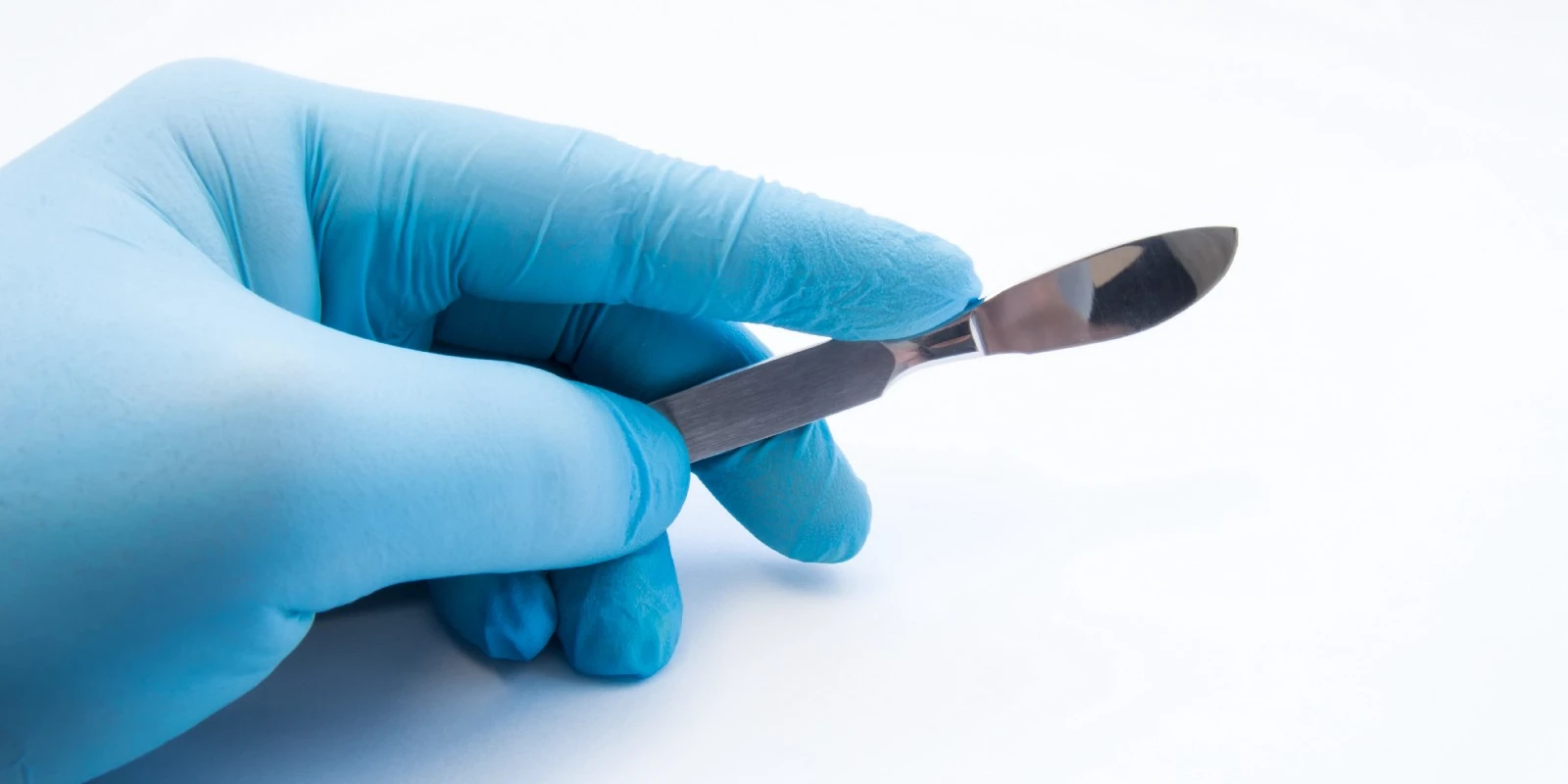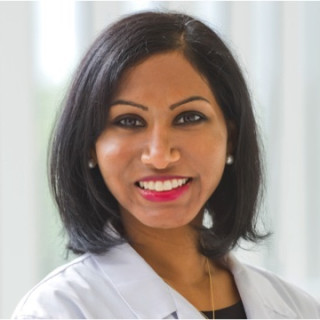
I am sitting on an invited panel on pre-pectoral breast reconstruction at ASPS 2018 staring out at a ballroom filled with several hundred colleagues intently focused on the stage and realize that the ways that we perform breast reconstruction is on the precipice of change. As I look out into the audience I recognize many familiar faces, some of whom who trained me over a decade ago and now eagerly learning from the pupil turned teacher. I am struck by the acceptance myself and the other invited panelists, all pioneers in pre-pectoral breast reconstruction, are now receiving.
Just last year, I presented my research on pre-pectoral direct to implant breast reconstruction at the ASPS 2017 scientific sessions and recall being one of a few surgeons in the country who had embraced pre-pectoral breast reconstruction and advanced its use in single stage breast reconstruction. I had been performing single stage, direct to implant breast reconstruction for years but had started to perform the operation in the pre-pectoral plane and was taken aback by the results. What makes pre-pectoral breast reconstruction so exciting is that the implant is positioned in front, instead of behind, the pectoralis muscle. This technique was attempted in the 1970’s and abandoned because of a myriad of complications. Despite this, plastic surgeons started to inquire again about the feasibility of placing the implant under the skin. Burning questions festered in the cautious plastic surgeon’s mind. Would the implant become more visible without the overlying muscle? Would the skin above the implant fail? How would the final result look?
The advent of new technology suggested the time was right to revisit pre-pectoral breast reconstruction. Our ability to assess tissue perfusion with tools such as the SPY Florescence Imaging, the implementation of biologic regenerative matrices such as Alloderm to stabilize the implant, cohesive implants, and advancements in mastectomy technique with greater skin and nipple preservation provided the medical devices and techniques required in order to reconsider placement of the implant, in one operation in front of the pectoral muscle. The advantages are numerous: potentially less pain and tightness; faster recovery; less deformity from the contracting pectoralis muscle, a single surgery for many patients, and importantly a better-looking, more aesthetically pleasing breast for the patient.
This sounds appealing in theory but surgeons can be resistant to change and new ideas can take time to be embraced. I recall contemplating whether I would need to dodge implants or scalpels during my ASPS 2017 presentations, and I was taken aback at how excited plastic surgeons were regarding our work. We were fortunate enough to win several best paper awards that year from ASPS including “Best Breast Paper” and “Best Paper for Surgical Pearls” with several additional invited papers to the PRS journal. Despite this traction, I sincerely believed it would take much longer for the field to accept the coming evolution in breast reconstruction.
Now, as I look back out from the stage, it is obvious the field had embraced the change more rapidly than expected. ASPS 2018 had several sessions dedicated to pre-pectoral breast reconstruction, our panel being one of the largest, highly attended, and most commented on. In order to gauge the evolution of the technique, just prior to my talk, I polled the audience on the number of surgeons that were performing pre-pectoral breast reconstruction, to my surprise, over half the audience raised their hand.
Pre-pectoral breast reconstruction is hot. A recent New York Times article drew attention when a patient switched from retropectoral implants to pre-pectoral implants and felt immediate relief. My own pre-pectoral breast reconstruction patients have been featured in People magazine and walked the runway of the Allergan-sponsored Anna Ono runway show, an event to raise breast cancer awareness. I believe plastic surgeons are adopting pre-pectoral techniques partially because of the intersection of social media and breast reconstruction. These two areas are where I feel I learned the most and contributed the most, respectively, at PTSM 2018. Social media has impacted the world like no other and once anonymous breast cancer reconstruction patients have become unified. They are a driving voice for better outcomes.
Patients today are technologically savvy and it is not unusual for me to see a new patient who heard about my practice on Facebook DCIS or Facebook BRCA group sites (I am not on these groups as I believe these online spaces should allow patients privacy). In this world of online social connections, evolving expectations are not isolated to only cosmetic patients in pursuit of beauty and youth. My breast reconstruction practice has become one where patients are keenly interested in outcomes typical of aesthetic surgery with no downtime and “upgraded” breasts. In the world of breast cancer, women must surrender control and their femininity to the surgical oncologist and medical oncologist. Breast cancer is a physical and emotional journey, with the loss of one or both breasts, hair, and ultimately self-confidence. However, breast reconstruction completes the journey, providing patients the possibility of restoration and, ideally, enhancement; a chance to start anew in the face of what cancer tried to take away. However, until recently, breast reconstruction often fell short of my and my patient’s expectations.
Pre-pectoral breast reconstruction has changed this perception. When I am reconstructing a breast, I often harken back to my time as an artist, studying art, painting and sculpture in Italy. The outcome is incredibly satisfying to myself and my patients and my patients have become believers. Once hesitant patients with genetic mutations no longer delay the inevitable double mastectomy, but instead step forward emboldened by their online sister patients and the idea of a reconstruction that mirrors a natural, full round breast.
As I think back upon the evolution of breast reconstruction over the last 30 years, our current world of “reality tv” plastic surgery has contributed to increased patient expectations and procedures that offer the possibility of minimal to no pain or downtime. In my practice, I find that breast cancer patients looking for reconstructive options that mimic breast augmentation, look natural, and fit with today hectic lifestyles that don’t offer any respite or reprieve. My patients recover faster after pre-pectoral breast reconstruction and frequently forget they underwent a major surgery, instead inquiring if they can return to work, attend conferences or return to cross-fit a few days post-surgery (the answer is no, of course). Offering a breast reconstruction option that allows for a faster return to normal daily life without the need for a second operation and parallels the results of a cosmetic augmentation is rewarding. My current work has been being part of the avant-garde who has led the charge in pre-pectoral breast reconstruction. Having this technique so readily adopted into the ASPS 2018 programming is a testament to the commitment plastic surgeons have in striving to offer more options to the patient and progressing the field of breast reconstructive surgery. The advancements and acceptance of pre-pectoral breast reconstruction is exciting for surgeons and patients alike. I look forward to the ongoing continuum of revitalizing and modernizing plastic surgery techniques with evolving technology, fresh perspective, and forward-looking insights.
Dr. Antony is a KOL for Allergan Medical and Stryker, Inc.






